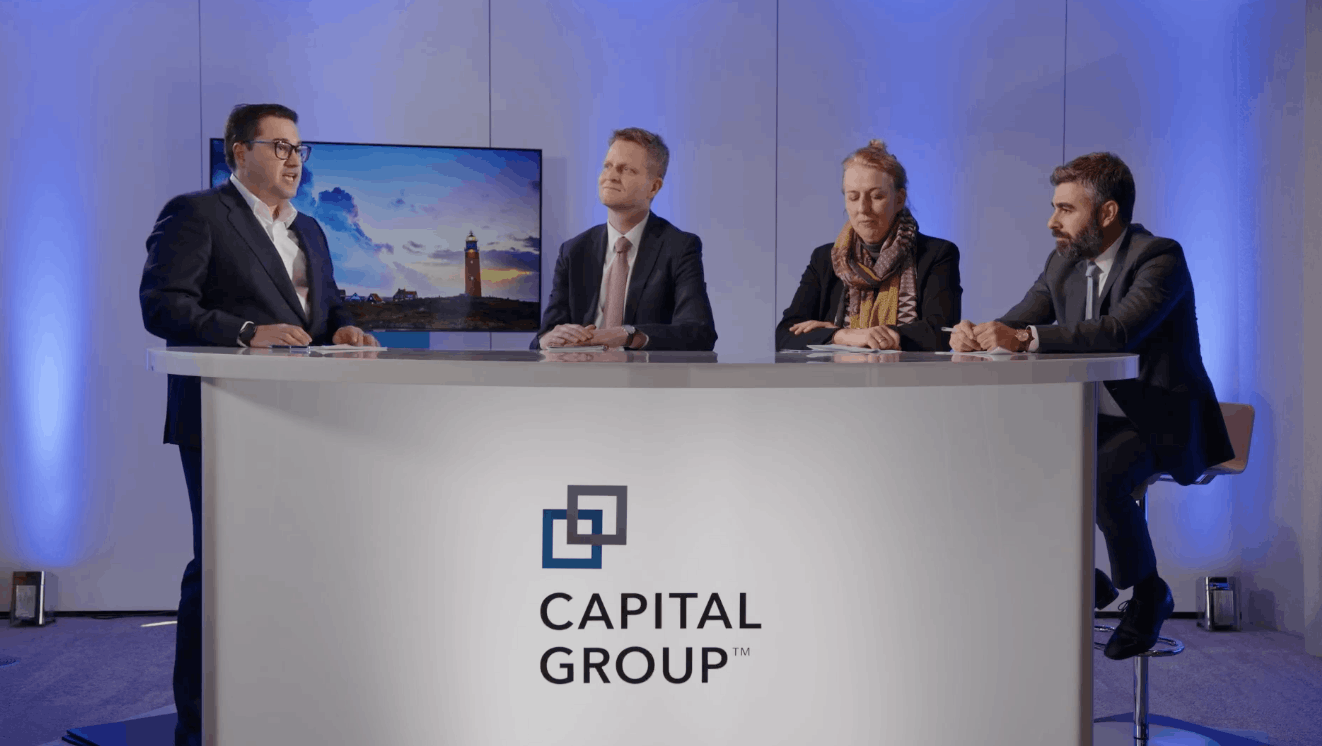A US policy-induced recession coupled with a likely rise in unemployment, an EU recession set to be more severe than expected, high interest rates and a restructuring of the energy market: the outlook into 2023 is very uncertain, according to currency analyst Jens Søndergaard.
But, even in a bear market, “it pays to remain invested,” as Julie Dickson, investment director at Capitol Group, puts it.
Uncertain times ahead
Many question marks remain when it comes to the macroeconomic canvas for next year. Though Søndergaard says the dollar hasn’t said its last word and might rally “as it typically does during a recession”, its long-term prospects will depend on whether the US can continue to outpace the EU and Japan in productivity and demographic growth.
China’s economic growth will be flat for a few months before gradually increasing in the second half of 2023 as covid restrictions are relaxed--but a recent spike in infections might be an obstacle. In Europe, the energy shock and outcome of the Russian war on Ukraine will have the final say on how well the union manages.
“There are a lot of factors that are playing into the earnings’ outlook, so I think broadly, the earnings as a top level may disappoint but like anything, because there are some companies that are going to do very well in this environment--some might even grow their earnings--the fundamentals might still be very attractive,” Dickson said on Tuesday 13 December.
Stocks typically recover before a recession ends and yield better returns in a bull cycle-- therefore it’s better to stay in “even if it has been painful this year,” she said. “There are definitely opportunities to invest in the equity market, even now.”
Eyes peeled for innovation
The energy crisis has created a high number of government incentives to invest in renewable technologies and infrastructures. The companies that have followed this trend will “be the ones to look out for” as the energy transition is a long-term solution and investment opportunity.
“Companies with long-duration earnings and growth are doing less well” in today’s bear market, but more defensive companies that are cash-generative, income-producing and with pricing power on inflation “can continue to do very well” and even emerge as the market leaders at the end of the current bear cycle, said Dickson.
Healthcare companies that successfully present innovative solutions, for instance, could fit this role thanks to their cash income and pricing power. Players in the factory automation business, like Japan, could also be more likely to lead the way emerging from the current market.
Dividends and income in bonds are back
Dividends are back, Dickson also affirmed. “If there’s one thing that this market has taught us, is how powerful dividends can be when price levels go down in the total return aspect,” she commented. “The key thing is a company’s ability to not only maintain its dividend in its environment, but to grow it--to fund it through quality or cash earnings.”
Don’t capitulate on fixed income yet either, was Capital Group’s message, as investment director Flavio Carpenzano explained. Current starting yields offer an attractive entry point for investors, so don’t see 2022 as the new norm for the bond market, he recommends, as the decorrelation with equity “is coming back”, he stated. “Income is coming back to fixed income, after ten years of low yield.” When it comes to bonds, “don’t time the market,” Carpenzano recommended, but instead “start gradually to invest and see where it goes.
